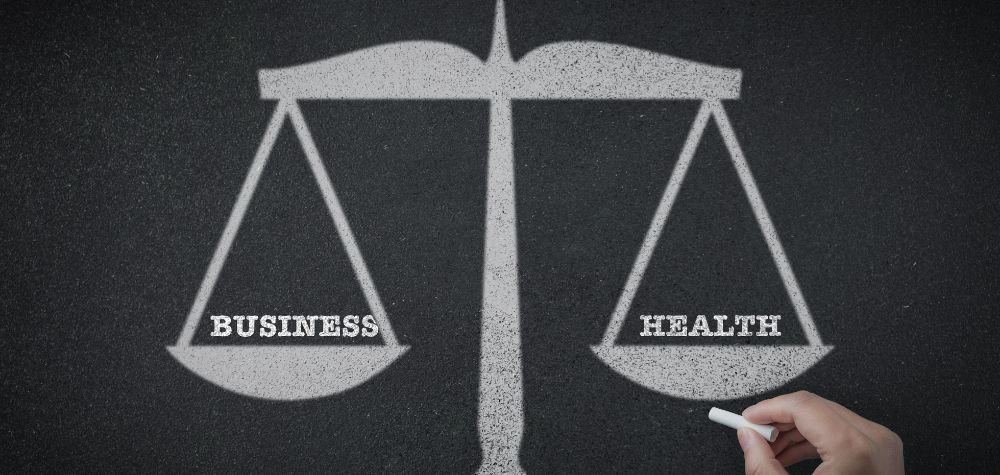As businesses grow, you will inevitably need to create new roles and hire new staff.
Adding a new member to your team is always challenging; when hiring someone to fill a new position, there is even more pressure to make the right call.
Business owners who can allocate workplace responsibilities efficiently and logically stand to reap significant benefits in the long run.
The challenge is not just choosing the right person but also making sure that you have clearly defined the new role and established your expectations. You should spend time thinking carefully about the skill set, experience and aptitude you will require from your new employee.
Even in times of high turnover, many owners are anxious about the financial commitment of taking on new staff members. While paying additional wages may seem like a gamble, failing to take on the extra labour you need will almost certainly damage your business.
You and your current employees will have much more stress to deal with, and chances are that efficiency and quality may suffer down the line.
In situations where you are worried about taking on a new staff member, it is important not to make the mistake of hiring an inexperienced person on the sole consideration that you are able to pay them a modest salary.
You need to think very carefully about what your business needs today and what you may require from your team as you continue to expand.
For example, as things get busier, you may find that you will need to devote more of your time to dealing with suppliers, and as a result, you will need someone you can trust to manage day-to-day matters at your store.
Hiring new staff and defining their roles within your business is incredibly important to your future success. Staff are the most important asset that a business has, and how management has defined roles and responsibilities can significantly impact employees’ abilities to perform.
Before you start recruiting a new staff member, you should write down all of the tasks you would require a new employee to complete and the responsibilities you may want them to take on in the future.
Once you have written down everything, you can think of, take a step back and look at the list.
At this point, you need to consider whether it will be in the business’s best interests to have a single person take on every task.
You may realise that some of the tasks are suited to an entry-level position, whereas others require specific skills and experience.
If this is the case, you should consider various options for restructuring the division of work between existing roles so that the new role will be suited to a specific type of candidate.
There is also always the option of creating a part-time position, or even two part-time positions, instead of a full-time role as well, pending business budgets & expenses.
Many businesses will require extra help in busy periods such as the Christmas holidays. When hiring someone for a specific period, you should be upfront with them from the start and clearly explain the dates you have in mind.
Hiring and creating a new role for your business requires careful planning, particularly around payroll, classifying the employee, or even integrating and onboarding them into the pre-existing structure. Speak with a professional business adviser if you are unsure about any of the procedures you may need to implement during the hiring process.









